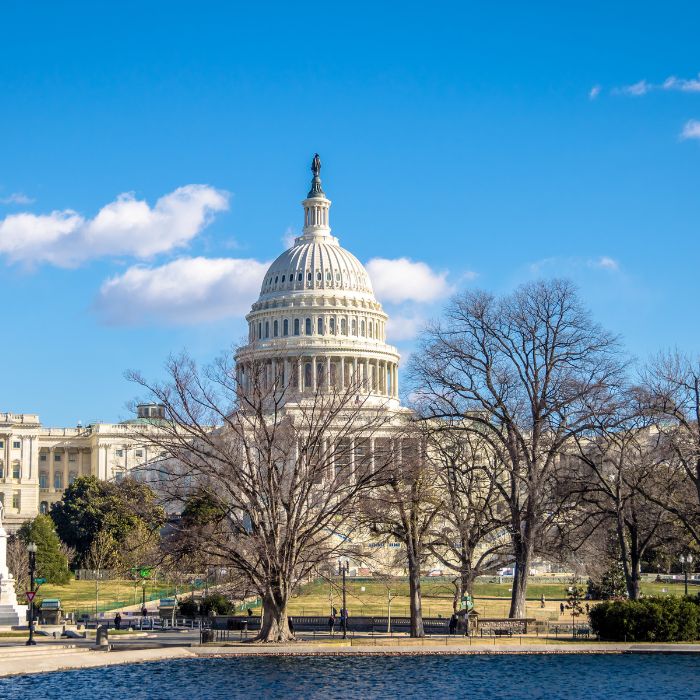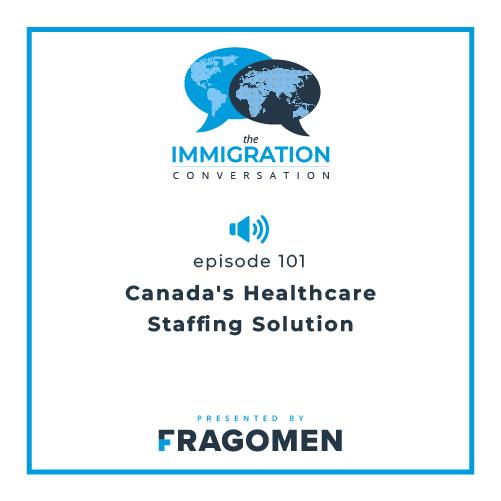
Country / Territory
The Department of Homeland Security is proposing increases in the filing fees for many USCIS petitions and applications. The proposed regulation – which is set to be published Wednesday – would raise the fees for most employment-based petitions and applications by an average of 21%, though fee increases for some filings would be significantly higher. According to DHS, the higher fees reflect the current cost of processing immigration applications and petitions; some portion of the increased fees would provide additional funding for refugee and citizenship programs as well as system support for interagency immigration status verification databases.
The filing fee for Form I-129, the nonimmigrant worker petition, would increase to $460, from $325. The fee for Form I-140, the immigrant worker petition, would increase to $700, from $580.
Applications under the EB-5 Immigrant Investor Visa Program would be subject to the most substantial fee increases. Regional Centers applying for designation under the program would pay a filing fee of $17,795, up from $6,230. They would pay an annual fee of $3,035 to certify their continued eligibility for the designation; currently, there is no fee for the annual certification. The fee for the immigrant investor petition would more than double, though the fee for an investor’s petition to remove conditions on residence would be unchanged.
The proposed rule would also introduce a three-tiered fee structure for naturalization applicants – a standard filing fee for most applicants, a reduced fee for those whose family income is greater than 150% but less than 200% of the Federal Poverty Guidelines, and no fee for certain applicants in the military and others who qualify for a fee waiver.
DHS is seeking feedback on the proposed fee schedule, and public comments will be accepted for 60 days from its publication on May 5, 2016. Increases to USCIS filing fees would not take effect until the regulation clears the federal approval process, which typically takes several months.
Proposed Fees

Country / Territory
Explore more at Fragomen

Blog post
The UK expands its High Potential Individual (HPI) visa for 2025, broadening eligibility for global graduates and entrepreneurs while introducing new requirements and application caps

Media mentions
Partner Bo Cooper discusses the US proposal to expand social media screening for visitors from visa waiver countries and the broader shift it represents in travel vetting.

Video
The latest Mobility Minute features Manager Alex Hood discussing recent updates to the UK’s High Potential Individual route, including expanded university eligibility, a new annual cap and modernized governance measures.

Media mentions
Managing Partner for the Middle East and Africa Murtaza Khan discusses how the UAE’s flexible migration policies attract talent and support a competitive labour market.

Media mentions
Senior Counsel Mitch Wexler notes that the US expansion of social-media screening to H-1B and H-4 visa applicants will involve a more detailed review of their online activity.

Media mentions
Partner Edward Raleigh highlights the need for companies to prepare for increased H-1B enforcement and ensure compliance with US worker requirements.

Video
In this Mobility Minute, Associate Rebeca Lafond outlines key considerations for international travel to the United States during the holiday season, including documentation requirements, visa processing expectations and enhanced screening on entry.

Media mentions
Partner K. Edward Raleigh explains that the Department of Labor’s Project Firewall expands H-1B oversight beyond individual complaints and increases the scope of employer compliance reviews.

Media mentions
UK Government Affairs Strategy Director Shuyeb Muquit examines how proposed settlement reforms could reshape the path to UK residency by extending qualifying periods and linking eligibility to individual contribution.

Podcast
Partner Cosmina Morariu and Business Immigration Manager Ayana Ibrahimi discuss critical immigration strategies underpinning healthcare-sector staffing in Canada, unpacking how recent policy, mobility and compliance developments are affecting employers and global talent pipelines.

Awards
Fragomen named Private Client Team of the Year at The British Legal Awards 2025, recognising the strength of our UK Private Client practice.

Media mentions
Partner Daniel Brown highlights rising deceptive practices in immigration and emphasizes stronger verification and compliance measures for employers.

Blog post
The UK expands its High Potential Individual (HPI) visa for 2025, broadening eligibility for global graduates and entrepreneurs while introducing new requirements and application caps

Media mentions
Partner Bo Cooper discusses the US proposal to expand social media screening for visitors from visa waiver countries and the broader shift it represents in travel vetting.

Video
The latest Mobility Minute features Manager Alex Hood discussing recent updates to the UK’s High Potential Individual route, including expanded university eligibility, a new annual cap and modernized governance measures.

Media mentions
Managing Partner for the Middle East and Africa Murtaza Khan discusses how the UAE’s flexible migration policies attract talent and support a competitive labour market.

Media mentions
Senior Counsel Mitch Wexler notes that the US expansion of social-media screening to H-1B and H-4 visa applicants will involve a more detailed review of their online activity.

Media mentions
Partner Edward Raleigh highlights the need for companies to prepare for increased H-1B enforcement and ensure compliance with US worker requirements.

Video
In this Mobility Minute, Associate Rebeca Lafond outlines key considerations for international travel to the United States during the holiday season, including documentation requirements, visa processing expectations and enhanced screening on entry.

Media mentions
Partner K. Edward Raleigh explains that the Department of Labor’s Project Firewall expands H-1B oversight beyond individual complaints and increases the scope of employer compliance reviews.

Media mentions
UK Government Affairs Strategy Director Shuyeb Muquit examines how proposed settlement reforms could reshape the path to UK residency by extending qualifying periods and linking eligibility to individual contribution.

Podcast
Partner Cosmina Morariu and Business Immigration Manager Ayana Ibrahimi discuss critical immigration strategies underpinning healthcare-sector staffing in Canada, unpacking how recent policy, mobility and compliance developments are affecting employers and global talent pipelines.

Awards
Fragomen named Private Client Team of the Year at The British Legal Awards 2025, recognising the strength of our UK Private Client practice.

Media mentions
Partner Daniel Brown highlights rising deceptive practices in immigration and emphasizes stronger verification and compliance measures for employers.

